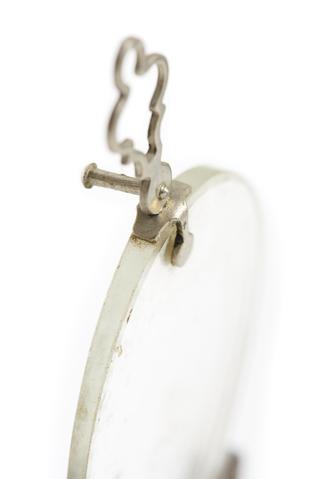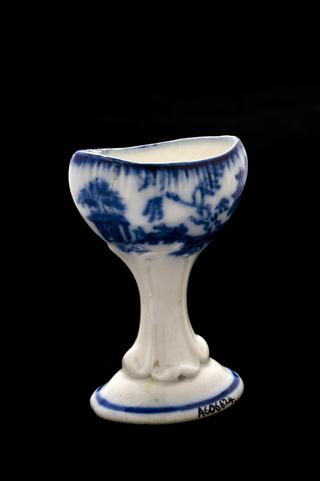












Edrige-Green coloured bead test by Reiner & Keeler, English
There are two types of red-green colour blindness: protanopia or ‘red blindness’ and deuteranopia. Protanopia is where patients can see in shades of blue and yellow but very little red. Deuteranopia is where patients cannot distinguish between reds with greens. It is more common in men and about 1% of the adult male population experiences one of these conditions.
The Edridge-Green coloured bead test was a practical test for colour blindness. It was invented by F. W. Edridge-Green (1863-1953). He devised several colour blindness tests used worldwide, especially by the Armed Forces. This test consists of a wooden box. Red, yellow, green and blue beads are inserted into the appropriate holes. These beads are retrieved via a sliding draw in the base of the box. The test was made in London by Reiner & Keeler.
Details
- Category:
- Ophthalmology
- Collection:
- Sir Henry Wellcome's Museum Collection
- Object Number:
- A600354
- Materials:
- box, mahogany, box, cardboard and grille, wood
- Measurements:
-
overall: 84 mm x 153 mm x 155 mm,
- type:
- colour blindness test




